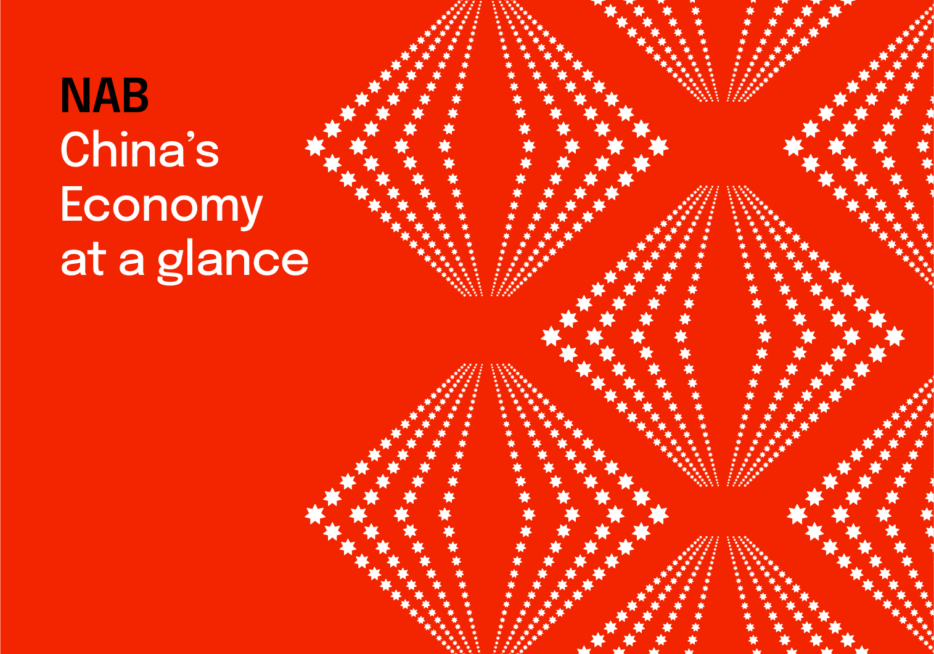Tariff pause gives China’s economy some breathing space, but longer-term uncertainty persists


Insight
The Manufacturing Activity Index was largely unchanged in Q3 – with positive trends for business confidence offset by negative ones for labour and purchase costs and final product prices. The index implies a slight increase quarterly manufacturing activity - at around +0.4%.

The Manufacturing Activity Index was largely unchanged in Q3 – with positive trends for business confidence offset by negative ones for labour and purchase costs and final product prices. The index implies a slight increase quarterly manufacturing activity – at around +0.4%. However purchase costs (also dollar related) are likely to push the index lower over the next six months.
For further analysis download the full report.
© National Australia Bank Limited. ABN 12 004 044 937 AFSL and Australian Credit Licence 230686.